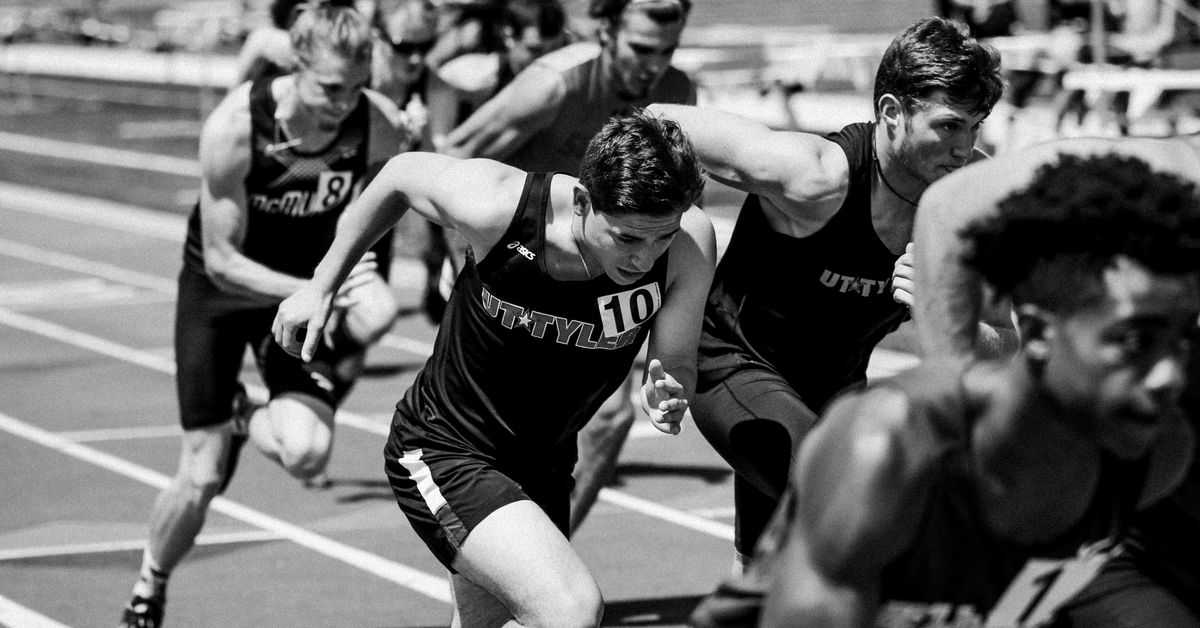What Most Coaches Won’t Tell You About Sports-Specific Conditioning Techniques
In the world of sports, conditioning is often painted as a strict science—an equation of sweat, muscle, and endurance that, when perfectly balanced, leads to peak performance. But let’s be honest: there’s a lot more to it than just the drills and the relentless pursuit of physical prowess. You see, most coaches won’t divulge the full story behind sports-specific conditioning techniques, leaving athletes and enthusiasts like us in the dark about what truly drives performance on the field, court, or track.
The Myth of One-Size-Fits-All Conditioning
One of the first things you might hear from a coach is that there’s a universal formula for getting fit for your sport. “Just follow this regimen and you’ll be set,” they say. But here’s the kicker: conditioning is not just about following a cookie-cutter program. It’s tailored, nuanced, and can vary dramatically from one athlete to another. In my experience (and trust me, I’ve seen my fair share of training regimens), what works for a sprinter might not even come close to hitting the mark for a marathon runner.
Take, for example, the difference between a football lineman and a soccer player. The former needs explosive power and a bulkier physique, while the latter thrives on endurance and agility. Conditioning techniques must cater to these specific demands, and yet, many athletes find themselves doing generalized workouts that often lead to frustration when results don’t meet expectations.
Understanding the Science Behind Conditioning
At its core, conditioning is about understanding how the body responds to stress—both physical and mental. Coaches often emphasize the importance of strength, speed, and endurance, but they might gloss over the intricate science that supports these claims. It’s crucial to realize that conditioning is not simply about pushing harder; it’s about training smarter.
The Role of Energy Systems
Every sport taps into different energy systems: anaerobic for quick bursts of speed, aerobic for sustained efforts, and everything in between. A well-rounded conditioning program will engage these systems in a way that mimics the demands of the sport. But here’s where things get tricky. Many athletes are not aware of how to effectively train these systems.
For instance, a sprinter might focus heavily on anaerobic training, but neglect their aerobic base, which is essential for recovery and sustaining performance during events. I remember chatting with a track coach who lamented how many young sprinters would skip long-distance runs, thinking they were above it. The truth? Those runs could be the very key that unlocks their potential.
The Importance of Recovery
Let’s not forget about recovery—a topic that often gets swept under the rug. Coaches may preach about the grind and hustle, but the reality is that recovery is just as essential as the actual training. Without it, athletes risk burnout, injury, and plateauing in their progress.
It’s a bit of an irony, don’t you think? Athletes push their bodies to the limit but often forget to give them the time and care they need to bounce back. Incorporating techniques like active recovery, stretching, and even modalities like foam rolling can make a world of difference. I once saw a star athlete completely transform after they started prioritizing recovery. It was like watching a caterpillar emerge as a butterfly—poetic, really.
Conditioning is More Than Physical
While the physical aspect of conditioning is undoubtedly crucial, there’s a psychological element that is often overlooked. Mental toughness, focus, and resilience play significant roles in how effectively an athlete can apply their conditioning in competition. Coaches might not always address this, as it’s a more nebulous concept compared to the measurable gains seen in strength or speed.
The Mind-Body Connection
I recall a time when I was covering a high-stakes basketball game, and one player was visibly shaken after a tough play. Despite all the physical training he had undergone, it was his mental state that faltered. Coaches often emphasize the drills, but what about the mental conditioning? Visualization techniques, mindfulness, and even sports psychology sessions can be game-changers. Yet, many athletes don’t even think to ask about them.
The Hidden Costs of Conditioning Techniques
Here’s another truth many coaches may not share: conditioning techniques can come with a price—sometimes even a hefty one. Whether it’s through the injury risk associated with certain training methods or the toll on mental health from extreme pressure, conditioning isn’t just about building strength; it’s about doing so safely and sustainably.
Injury Risks
Every athlete has heard the phrase “no pain, no gain,” but the reality is that pushing too hard can lead to injuries that sideline you for weeks or even months. This is particularly true with high-intensity interval training (HIIT) or plyometric workouts, which are often touted as the gold standard for conditioning. The high-impact nature of these workouts can be a double-edged sword.
One coach I spoke to mentioned how a talented athlete lost an entire season due to an overzealous commitment to a conditioning program that was too intense. It’s a harsh reminder that sometimes, less is more. Balancing intensity with appropriate recovery is crucial for long-term success.
The Financial Implications
Then there’s the financial aspect. High-tech training equipment, specialized coaching sessions, and nutritional supplements can all add up quickly. Not every athlete can afford the latest gadgets or one-on-one time with a revered coach, yet the pressure to keep up with the latest trends can be overwhelming. Coaches may not always discuss this openly, but the fact remains that conditioning can be a costly endeavor. It’s a bit of a balancing act—finding effective methods that don’t break the bank.
Conditioning for Longevity
It’s easy to get caught up in the pursuit of immediate results, but what’s often ignored is the importance of conditioning for longevity. Many athletes focus solely on short-term gains, neglecting the need for sustainable practices that will keep them in the game for years to come. Coaches, perhaps inadvertently, may emphasize performance over longevity, leading to burnout and premature retirement.
Consider the case of a young athlete who trains with an eye on college scholarships. They push themselves relentlessly, often at the cost of their physical health. A seasoned coach might nod knowingly, understanding that a career is not just about the here and now; it’s about the long game. Incorporating flexibility, injury prevention strategies, and balanced training can help ensure that athletes remain competitive well into their later years.
Personalization is Key
Perhaps the most crucial aspect that many coaches might not convey is the importance of personalization in conditioning. What works for one athlete may not work for another, and it is essential to recognize individual strengths, weaknesses, and body types. This is where many coaches fall short—relying too heavily on generalized techniques rather than tailoring programs to fit the unique needs of each athlete.
During my years of covering various sports, I’ve seen countless athletes thrive when given personalized conditioning programs. I remember a swimmer who struggled to keep up with her peers, only to flourish once her coach adjusted her training to focus on her specific stroke mechanics and breathing patterns. She went from being an average competitor to a medal contender in just one season. It’s amazing what a little bit of personalization can do.
Listening to Your Body
And let’s not forget about the importance of listening to one’s own body. Coaches can suggest all the drills and workouts they want, but ultimately it’s the athlete who feels how their body responds—or doesn’t. Many athletes push through pain or fatigue, thinking it’s just part of the game, when in fact it’s a signal to reevaluate their conditioning program.
I’ve had conversations with many athletes who’ve shared stories about ignoring pain, only to end up sidelined for weeks. It’s a tough pill to swallow, but sometimes the bravest thing an athlete can do is to step back and listen to their body. It’s a lesson that can save careers.
Conclusion: A Holistic Approach to Conditioning
In closing, the world of sports-specific conditioning is layered, complex, and often misunderstood. Coaches may not always share the full story—whether it’s the individuality of conditioning, the importance of mental fortitude, or the need for sustainable practices. As athletes and enthusiasts, we should strive to understand conditioning beyond the drills and the reps. Embracing a holistic approach, one that encompasses both physical and mental aspects, is crucial for success in any sport.
So next time you step onto the field, remember that conditioning is not just about sweating it out in the gym or pounding the pavement. It’s about understanding what your body needs, being mindful of your limits, and recognizing that the journey to peak performance is as much about the mind as it is about the muscles. And who knows? You might just discover that the secret to unlocking your true potential has been hiding in plain sight all along.









